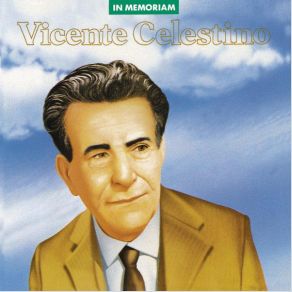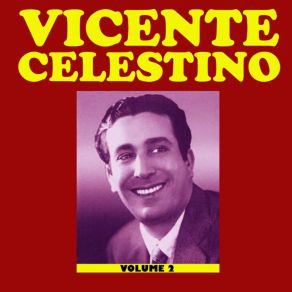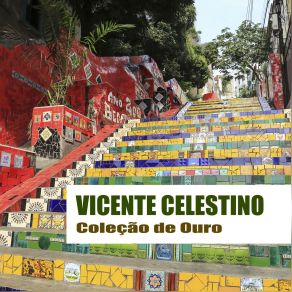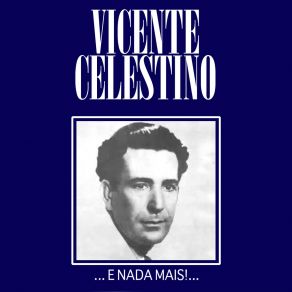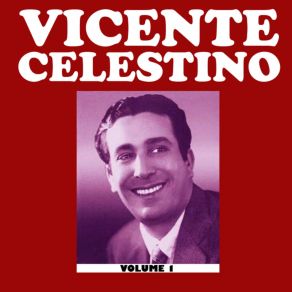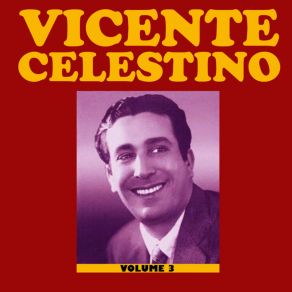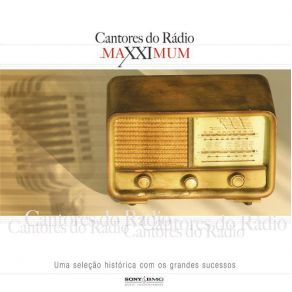Vicente Celestino
Wikimp3 information about the music of Vicente Celestino. On our website we have 6 albums and 2 collections of artist Vicente Celestino. You can find useful information and download songs of this artist.
Biography
[Edit]One of the most important and successful singers of the Golden Age of Brazilian song, Vicente Celestino was also a composer and actor. He left behind 131 78s with 265 songs, ten singles, and 31 LPs, along with two films. At eight, he was already singing in a group of Pastorinhas da Ladeira Viana. His first job was as a shoemaker in his father's workshop. He then accepted a series of small jobs to help his parents, who were very poor. At the same time, he honed his singing skills at parties and serenatas. In 1903, he sang in the children's choir of the opera Carmen (Bizet). Noticed by the Italian tenor Enrico Caruso, he was invited to study singing in Italy, but wasn't authorized by his father. His first public appearance was in 1912, in the group the Cartolas, representing the play Vida de Artista. Singing in a bar, he was noticed by writer Alvarenga Fonseca, who was the director of the Companhia de Teatro São José, owned by Pascoal Segreto. Fonseca was impressed by him and invited him to join the Companhia Nacional de Revistas, who performed at the São José. Celestino opened on July 10, 1914, in Eustórgio Wanderley's revue Chuá, Chuá (music by J. Ribas), being most applauded in his solo of Santos Coelho/Domingos Correia's "Flor do Mal." In 1916, he sang for the first time in São Paulo, at the Teatro São José in a company run by Leopoldo Fróis. In the same year, he acted in Porto Alegre and Pelotas, RS. His first album was also recorded in 1916, with "Flor do Mal" and "Os Que Sofrem" (Alfredo Gama/Armando Oliveira), for Casa Edison (Odeon). The next album, also in that year, had the modinhas "Perdão de um Coração" and "Feiticeira." He released "Urubu Subiu," a duet with Baiano, for the Carnival of 1917 and "The Hino Nacional Brasileiro" (the National Anthem of Brazil by Francisco Manuel da Silva/Osório Duque Estrada) in 1918. In 1917, impressed by his talent and growing popularity, the impresario Walter Mocchi took him to study singing at the Teatro Municipal. Celestino left his activities and dedicated himself for two years, only to develop his vocal skills. Those were times of high singing standards and strong bel canto influences in popular music. He also took violão (acoustic guitar) classes during that period. In 1919, he resumed his career, acting in Oduvaldo Viana's play Amor de Bandido. It was followed by Flor da Noite (also by Viana) and the operetta Juriti (Viriato Correia), with music by Chiquinha Gonzaga, a big success for Vicente and Abigail Maia. Then he organized his first company of revues and operettas, together with singer/actress Laís Areda. The first play of the company was Loucuras de Amor (Adalberto Carvalho), enacted at the Teatro Americano. In 1921, together with soprano Galiacci, he sang the operas Tosca (Puccini) and Aída (Verdi) at the Teatro Lírico. Two months later, he sang Carmen (Bizet) with singer Medina de Souza at the Teatro São Pedro; in the same theater, he enacted for the first time the Martyr of the Calvary. With singer Carmen Dora, he organized another company that toured the country with a repertory of Viennese operettas. In 1923, he performed in Pará and in the next year, began to write his own lyrics while he continued to tour. In 1924, he recorded "O Cigano" (Marcelo Tupinambá/João do Sul). In 1925, he performed Brandão Sobrinho/Celestino Silva's O Mano de Minas, in which he sang the famous "Saudade do Sertão." In 1927, he toured the north and, in the next year, sang "Os Gaviões" as a baritone. From April 1928 to October 1930, he recorded 19 albums with 35 songs in the electrical process for Odeon, with several hits, among them "Santa" (Freire Júnior) in 1928 and the tango-canção "Nênias" (Índio) in 1929. He had a big break in 1930, at the Teatro João Caetano, with Alvorada Do Amor (Otávio Rangel); Rei Vagabundo and Ben Hur followed. From 1931 to 1932, he toured Rio Grande do Sul, accompanying himself at the violão. In 1932, he decided to form a duo with Francisco Alves (with whom he acted in the São José revues) to tour through Europe, but before they could go, they were invited by Teatro Recreio's impresario to enact the burletta A Canção Brasileira (Luís Iglésias/Miguel Santos), with music by Henrique Vogeler. In that play, Celestino met again with singer Gilda Abreu, whom he married five months later, in 1933; the couple appeared on-stage, she in her wedding dress, surrounded by white pigeons thrown from the galleries. In 1932, Celestino exchanged Odeon for Columbia, having a hit on the first album for that company, the tango-canção "Noite Cheia de Estrelas." In 1934, Celestino and Abreu performed together in The Teatro Recreio; in the same year, Celestino wrote "Ouvindo-te." In 1935, "Amo-te" and "Patativa" would follow. With Abreu, he sang Lucia di Lammermoor (Donizetti) at the Teatro São Pedro. In Buenos Aires, Argentina, Abreu was invited by Oduvaldo Viana to work in the film Bonequinha de Seda. At the Teatro João Caetano, the duo performed a series of operettas, among them Alvorada do Amor. In the same year, Celestino recorded "Cabocla Serrana" through Columbia. Displeased with the result, he asked the company to not release the recording. With their denial, Celestino left the company, signing with RCA Victor. The first album already had two hits, his "Ouvindo-te" (in duo with Gilda Abreu) and "Rasguei o teu retrato" (Índio). He then began to enjoy success as a composer, with, among others, "O ébrio" (1936), "Coração materno" (1937), "Patativa" (1937), "Sangue e areia" (with Mário Rossi, 1941), and "Porta aberta" (1946). In 1937, he toured Brazil, singing Viennese and Brazilian operettas. In 1939 he toured again, this time with Abreu, presenting, among others, the play Mizu (Oduvaldo Viana). In 1940, he wrote "A serenata," "Matei," and "Tenho saudade." In 1940, 1941, and 1942, he toured Brazil as a singer. In 1944, he performed Olhos de veludo (Luís Iglésias/Gilda Abreu). In 1945, he was hired by Rádio Tamoio. In 1946, he had a huge success with the film O ébrio (Gilda Abreu). In 1947, he acted in the play Coração materno, inspired by his famous song. In 1951, the play would be adapted for the homonymous film, also directed by Gilda Abreu. He began in radio at the Sociedade and worked at all stations. In 1959, he recorded the samba "Se todos fossem iguais a você" (Tom Jobim/Vinícius de Moraes). In 1968, Caetano Veloso recorded his "Coração materno." He would be paid a tribute by the Tropicália movement in a TV show when had a heart attack and died in his hotel room in São Paulo.
Collections
Title: Os Grandes Cantores do Radio
